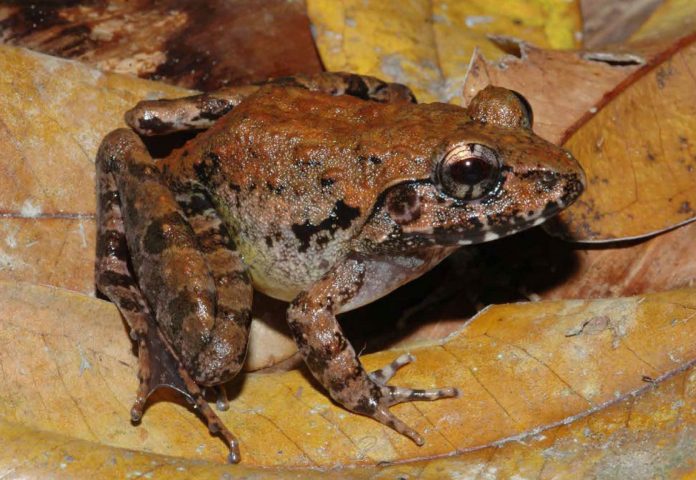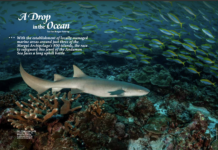Text and images by Djoko T. Iskandar
During an expedition in 1989, a small, common-looking frog with a body length of about 40 milli-metres was secured at Bogani Nani Wartabone (formerly Dumoga Bone) National Park, Sulawesi, Indonesia, and preserved. While the individual was ordinary in form, what attracted my attention was the presence of two colourless tailed tadpoles found with the preserved frog. Upon dissection, it was confirmed that there were 33 tadpoles in the specimen’s left oviduct and more importantly, they were eggs without the usual jelly coat.
This was an unusual phenomenon: for most frogs, fertilisation occurs externally; as the female releases her eggs, the male covers them with sperm. Knowing this, we examined similar-looking specimens and found another example from north Central Sulawesi with 50 strongly pigmented tadpoles in an advanced stage (Gosner 36) with no yolk remaining in the intestine. This finding prompted Dr R. Inger from the Field Museum of Natural History, Chicago, USA, to fly to Bandung in West Java province and confirm my findings in 1990.
The task became more complicated as I found several similar-looking frogs of the genus Limnonectes
from all over Sulawesi with only very subtle differences compared to the tadpole-laying species. This genus has a specific character that eventually led to them being known as “fanged frogs”. Usually, the male develops a pair of fang-like protrusions at the lower jaw, but in this particular species, adult females also bear these protrusions – though smaller compared to adult males.
Check out the rest of this article in Asian Geographic No.110 Issue 2/2015 ) here or download a digital copy here













